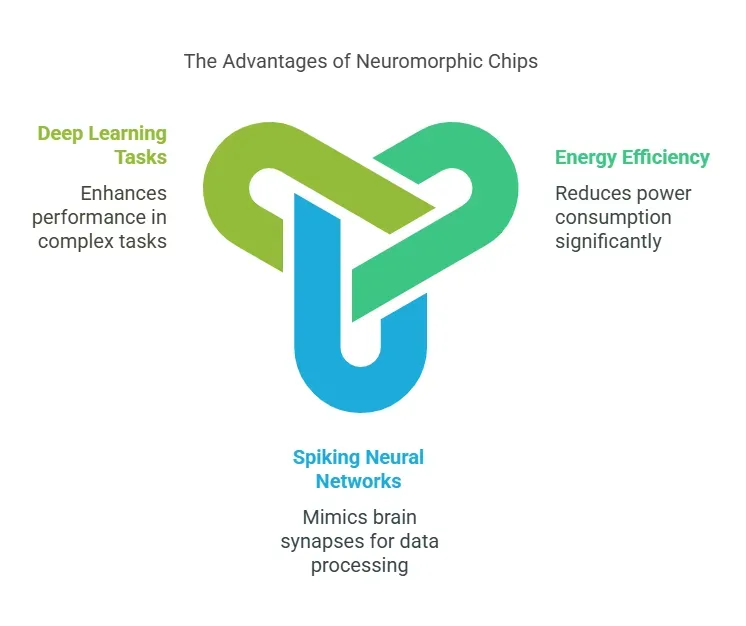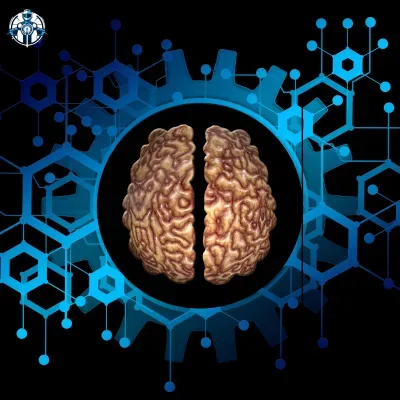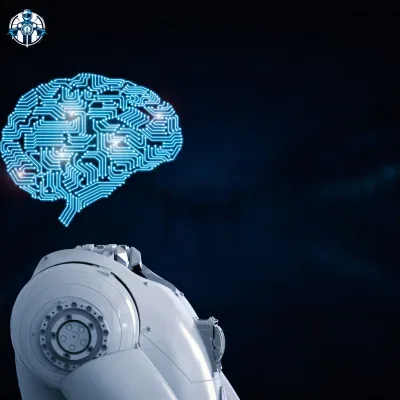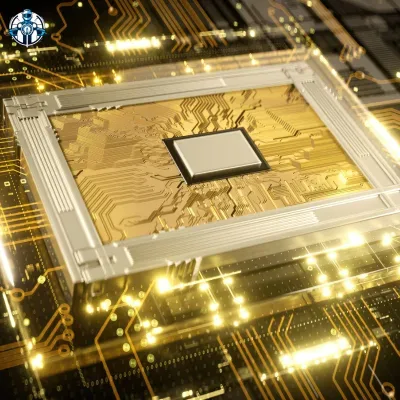Why Neuromorphic Chips Are the Future of Green Tech
Imagine a chip that works like your brain. It is fast, smart and uses little power. This is the promise of neuromorphic chips. In 2025 they become a key part of energy saving computing. These chips cut energy use for artificial intelligence by up to 90 percent. They play an important role in the current tech change. If you want more details, visit our post The Tech Revolution You Can Feel: How Energy Efficient Computing Is Changing Everything in 2025. Here is how it works.
- Why they are hot: They copy the brain and save a lot of energy.
- Who uses them: They work in AI, robotics and many other fields.
- What is next: A smarter and greener tech world.
Listen to our Podcast: Neuromorphic Chips & More: Energy-Efficient Hardware to Watch in 2025
What Makes Neuromorphic Chips Special?

Traditional chips use a lot of power for every calculation. Neuromorphic chips follow the model of brain neurons. They send data in short bursts instead of a constant stream. This method uses much less energy. For example, research by TU Graz and Intel shows these chips work 16 times more efficiently for deep learning tasks. Some setups save up to 90 percent power. This is not a small change. It is a new way to compute.
- The trick: Spiking neural networks, or SNNs, mirror real synapses in the brain.
- The win: They cut energy use by ninety percent for high-demand tasks.
- The vibe: It shows brainlike power and lowers energy costs.
Why They Fit 2025’s Green Push
In a world where data centers use 450 to 500 TWh each year, which accounts for about 1.5 percent of global electricity, efficiency matters most. Neuromorphic chips work well for edge computing and artificial intelligence. They take on demanding tasks with fewer resources.
They join a wave of new hardware that boosts sustainability. Plus, ARM processors and GPUs that use less power add to this change. If you want more on this topic, check our pillar at The Tech Revolution You Can Feel: How Energy Efficient Computing Is Changing Everything in 2025
- Perfect timing: The artificial intelligence boom meets an energy shortage.
- Edge fit: It works well on phones, robots, and cars.
- Green tie-in: It creates less waste and helps the planet.
How Neuromorphic Chips Work

These chips are not the ordinary silicon pieces. Companies such as Intel with its Loihi 2 chip and startups like BrainChip build these chips. They use spiking neural networks (SNNs) to process data only when needed. Think of it as a brain that ignores background noise until something is important.
This approach reduces power use compared to standard CPUs or GPUs that work continuously. In 2022, a study showed that Loihi 2 outperforms standard chips by many times in energy efficiency for machine learning tasks.
·Core idea: It uses processing based on events and works when it matters.
·Key tech: It uses SNNs, analog circuits, and in memory computing.
·Power drop: It uses up to one thousand times less energy for some tasks.
Real-World Impact
In robotics, a neuromorphic chip reads data like sight and sound in real time. It uses very little power compared to a GPU. In smart homes, these chips work well with IoT devices that must stay on without draining batteries. In healthcare, they help wearables check vitals fast and on the spot.
And you can see how this works in daily life. Visit How Energy Efficient Computing Powers Your Next Console at /energy-efficient-tech-applications-2025 for real-life examples.
- Robotics boost: Slim, fast sensor work.
- IoT perk: Always on and low energy smarts.
- Health win: Mobile, smart diagnostics.
The Green Advantage of Neuromorphic Chips
Saving energy does more than cut costs. It also protects our planet. Neuromorphic chips lower AI carbon emissions. AI uses a lot of power. One AI model training can emit as much CO2 as five cars do in their lives. MIT studies show this. Still, neuromorphic chips change the outcome.
They support our green work. They join with updates in data centers. For more details, read Inside the World’s Most Efficient Data Centers at /sustainable-data-centers-2025.
- CO2 cut: Uses less power and gives off fewer emissions.
- AI fix: Helps make AI greener.
- Big picture: It also reduces electronic waste.
Scaling Sustainability
These chips bring green benefits beyond AI. TSMC, a large manufacturer, now makes neuromorphic chips in a way that cuts waste (TSMC Sustainability). When paired with renewable energy, they can lower tech environmental costs further. For the full eco-story, see Can Efficient Computing Really Save the Planet? at /environmental-impact-efficient-computing-2025. It shows sustainability that works now and tomorrow.
- TSMC’s role: Crafts chips in an eco friendly way.
- Renewable tie: Boosts the green gain.
- Long game: Prepares the way for 2030.
Table: Neuromorphic Chips vs. Traditional Chips
| Feature | Neuromorphic Chips | Traditional Chips (CPUs/GPUs) |
| Power Use | 90% less for AI tasks | High, constant draw |
| Processing Style | Event-driven, spiking | Always-on, brute force |
| Best For | Edge AI, robotics | General computing, gaming |
| Carbon Impact | Significantly lower | Higher, especially for AI |
Where Neuromorphic Chips Are Headed
In 2025, neuromorphic chips play a main role. Intel offers Loihi 2. IBM has TrueNorth successors. They grow in use for edge computing, driverless cars and smart cities. Other companies such as Qualcomm with Zeroth and startups like SynSense push limits as well.
They are not a small niche. They form a trend that spreads widely. This trend links to low power GPUs and ARM progress. Also, check our pillar at The Tech Revolution You Can Feel: How Energy Efficient Computing Is Changing Everything in 2025
·Big names: Intel and IBM lead the charge.
·Growth spots: EVs, IoT and AI edge.
·Trend tie: Hardware green wave.
Beyond 2025—What’s Next?

The future is full of surprises. By 2030, neuromorphic technology may join with quantum computing. This union can boost efficiency by 20 orders of magnitude for complex tasks. They will drive smart systems in homes. They predict needs with very little power. If you want more, read Energy Efficient Computing in 2030: What to Expect at /future-energy-efficient-tech-2025. This is only the beginning.
·Quantum link: Next level efficiency tease.
·Ambient play: Smart homes use little power.
·Future vibe: 2025 is the seed and 2030 is the bloom.
FAQs
What is a neuromorphic chip?
It is a chip that works like the human brain. It uses circuits similar to neurons to process information.
Are neuromorphic chips the future?
Many experts believe they will shape future computing. They use less power and handle tasks in new ways.
What is the most advanced neuromorphic chip?
Intel’s Loihi is seen as one of the leading chips today. It adapts its processing similar to brain functions.
What is an example of neuromorphic technology?
A chip that processes real-time sensory data like a human brain is a clear example. It shows how technology can mimic natural learning.
Final Words
Neuromorphic chips are not only striking; they point to the future of sustainable technology. They lower power use and cut carbon output. They help make digital work more energy smart in 2025. Visit the full story at The Tech Revolution You Can Feel: How Energy Efficient Computing Is Changing Everything in 2025 at /energy-efficient-computing-2025-revolution, or check another link like 5 Software Tips to Lower Your Tech Energy Bill at /green-ai-software-energy-savings-2025 for more on software wins. This is technology that thinks and saves a lot.











